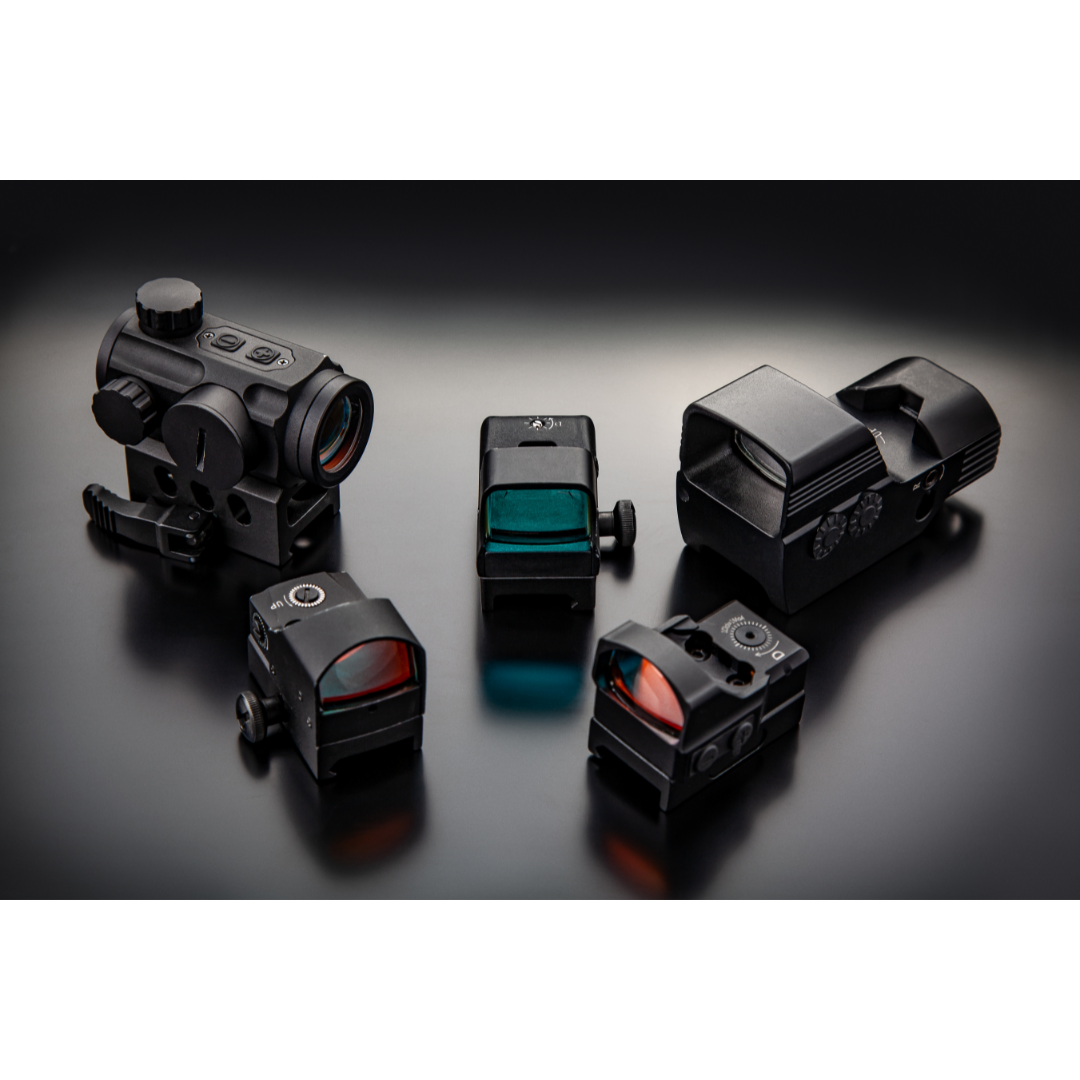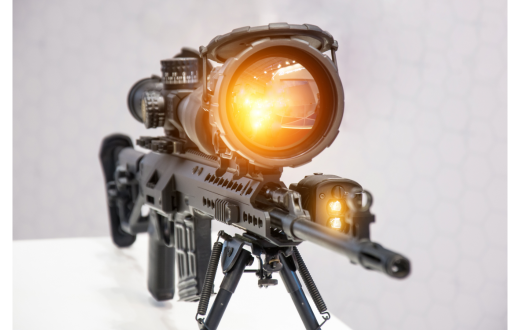When it comes to shooting, whether for hunting, target practice, or competitive shooting, having the right equipment can make a world of difference. One essential piece of equipment for any shooter is a high-quality gun optic, specifically a scope. However, with the multitude of options available on the market, choosing the right scope for your shooting needs can be a daunting task. In this blog post, we will discuss some key factors to consider when selecting a scope and help you make an informed decision.
Determine Your Shooting Purpose:
The first step in choosing the right scope is to determine your shooting purpose. Are you a hunter looking for a scope that excels in low-light conditions? Or are you a long-range shooter who needs a scope with excellent magnification capabilities? Understanding your shooting purpose will help you narrow down the options and focus on scopes that align with your specific needs.
Consider Magnification Range:
The magnification range of a scope is an important factor to consider. It determines how close you can view your target and affects your accuracy at different distances. If you primarily shoot at shorter ranges, a lower magnification scope (around 1-4x or 2-7x) may be sufficient. On the other hand, if you engage in long-range shooting, you’ll need a higher magnification scope (such as 10-20x or even higher) to clearly see targets at extended distances.

Opt for Quality Optics:
Investing in quality optics is crucial for a clear and precise shooting experience. High-quality lenses and coatings can enhance light transmission, color clarity, and reduce glare. Look for scopes that feature multi-coated lenses, which provide better image quality and brightness. While quality optics may come at a higher price, they can significantly improve your shooting performance and overall shooting experience.
Consider Reticle Type:
The reticle, or crosshair, is another essential aspect of a scope. Various reticle types are available, each suited for different shooting applications. The most common ones include duplex, mil-dot, BDC (bullet drop compensator), and MOA (Minute of Angle). Consider your shooting style, environment, and shooting distances when selecting a reticle type. For example, long-range shooters may benefit from a reticle with precise holdover points for different distances.
Evaluate Durability and Weather Resistance:
Your scope should be built to withstand the rigors of shooting activities and various weather conditions. Look for scopes made from durable materials, such as aircraft-grade aluminum, that can withstand recoil and impact. Additionally, consider scopes that are fog-proof, waterproof, and shockproof to ensure they can handle adverse weather and rough handling without compromising their functionality.
Budget Considerations:
Setting a budget is essential before diving into the wide array of scope options. While high-end scopes tend to offer superior features and performance, there are also many mid-range options that deliver excellent value for money. Determine your budget range and prioritize features that align with your shooting needs to find the best scope within your price range.
Choosing the right scope for your shooting needs can significantly enhance your shooting experience and improve accuracy. By considering factors such as shooting purpose, magnification range, optic quality, reticle type, durability, and budget, you can narrow down your options and find a scope that suits your specific requirements. Remember, investing in a high-quality scope is an investment in your shooting skills and enjoyment. So, take your time, do thorough research, and make an informed decision to find the perfect gun optic for your shooting endeavors.

